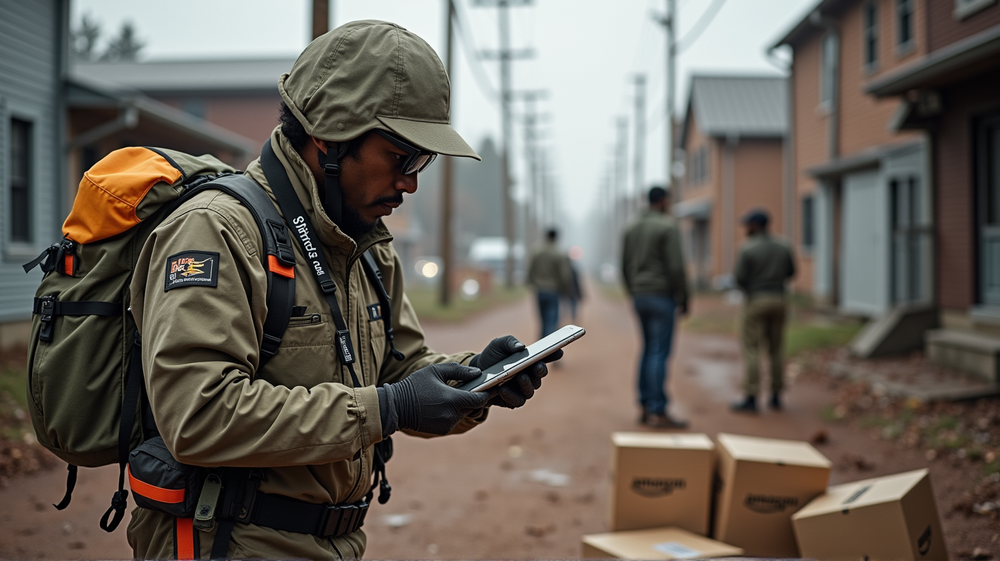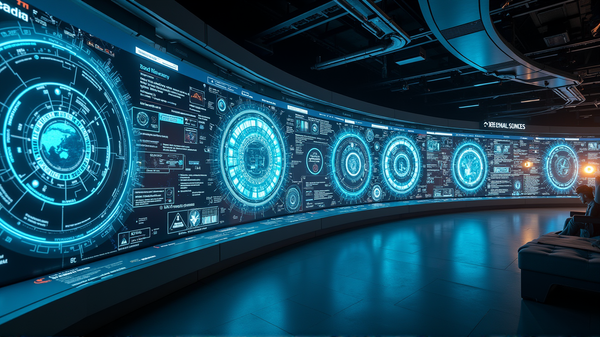Amazon's Disaster Kits: Revolutionizing Recovery in Crisis Zones
The Beacon Amidst the Storm
In the devastating aftermath of disasters like Hurricane Helene in North Carolina, where infrastructure fails, Amazon’s innovative technology kits emerge as a lifeline. These kits, designed with simplicity akin to flipping a switch, are transforming how communities recover. They ensure vital resources like shelters and food banks remain operational when they are needed the most. According to About Amazon, the innovation in these kits ensures even first responders can quickly bring communities back online.
Connectivity: The Universal Language of Hope
Across disasters worldwide, the immediate need for internet connectivity becomes undeniable. Jeffrey Schweitzer, leading Amazon’s disaster-relief operations, points to communication as the key to reducing chaos and accelerating recovery. These disaster kits are Amazon’s answer, designed to restore communication when traditional systems collapse, reinforcing the notion that information is power, especially in times of distress.
Simplicity Meets Sophistication
Imagine a kit that anyone, from firefighters to shelter staff, can operate. That’s the magic of Amazon’s technology kits—modular units geared to deliver power, connectivity, and essential communication tools in no time. With components ranging from solar panels to advanced networking systems, these kits are a testament to Amazon’s commitment to provide easy-to-use yet sophisticated solutions.
Uniting Technology and Tactics
In Central Texas, these kits equipped search-and-rescue teams with state-of-the-art devices, bringing a technological edge to traditional methods. Such innovations as portable mapping and drone technology are reshaping safety measures on the ground, proving invaluable during critical rescue missions and firefighting operations, particularly when faced with intrusive threats like unauthorized drones.
Real-World Validation
Through rigorous field testing, Amazon ensures the readiness of their kits. Recent simulations in West Virginia validated their practicality, demonstrating how even individuals with minimal training could effectively utilize the kits under challenging conditions. This real-world application ensures that communities are equipped long before the next disaster strikes.
Building Resilience and Community Spirit
Looking ahead, Amazon plans to deploy these kits extensively by training over 140 volunteers. The focus on empowering local communities and nonprofits highlights a strategic approach to disaster response, where resilience is built through technology and teamwork. With these tools on hand, community leaders like Jeremy Bruce find new ways to extend their mission, serving hope with every meal and every connection restored.
Conclusion
Beyond the innovation, the true impact of Amazon’s disaster technology kits lies in the lives they touch and transform. Through smart design and community-centered distribution, these kits are changing the narrative of disaster response, creating not just a safety net but a lifeline that draws communities together, reinvigorating them with the promise of recovery and renewal.




